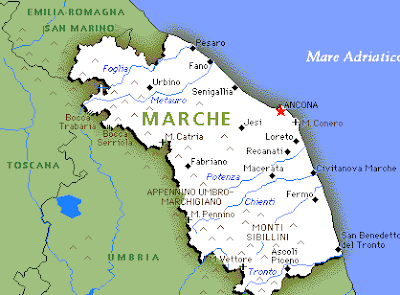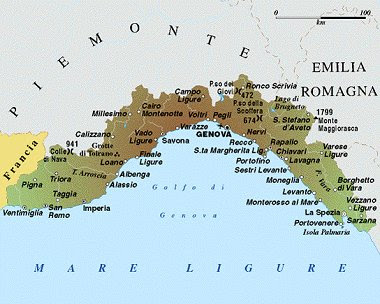Molise Map Political Regions
Molise faces for a short distance north-east of the Adriatic Sea, bordered to the north-west, Abruzzo, Lazio to the west, south with Campania, Puglia to the east. It is distributed in the provinces of Campobasso and Isernia, the regional capital is Campobasso. The region corresponds roughly to the ancient Sannio, the land inhabited by the Samnites, the Romans came into contact with in the sixth century BC Today's designation, which is the medieval equivalent to that of a small fortified town, located near Campobasso, however, between the eleventh and twelfth centuries, the Duchy of Molise was already well attested.
The territory, whose shape resembles an irregular rectangle, which stretches from the Apennines to the Adriatic Sea to the north, is 55.4% for the rest mountainous and hilly. The mountainous area does not form a separate section of the Apennines: the tract to the north includes the southern Abruzzi Apennines (2247 m Petroso), south to northern Apennine of Campania (Miletto 2050 m), both rough and steep . However, except for a few remarks Frontier, in general the morphology of the mountain of Molise is less harsh and imposing than the nearby Abruzzo: the peaks are maintained 1000-1500 m. and have rounded edges. They are also a few easy crossings and isolation has been a constant in the history of the region. To the north of the Mouth of Forlì, named as conventional limit between the central and southern Apennines, is located to 998 m. share, but down only 515 m. Sella Vincentia, which connects the Molise Campania. The hills go right to the coast, which is low and free ports.
Read More …





















